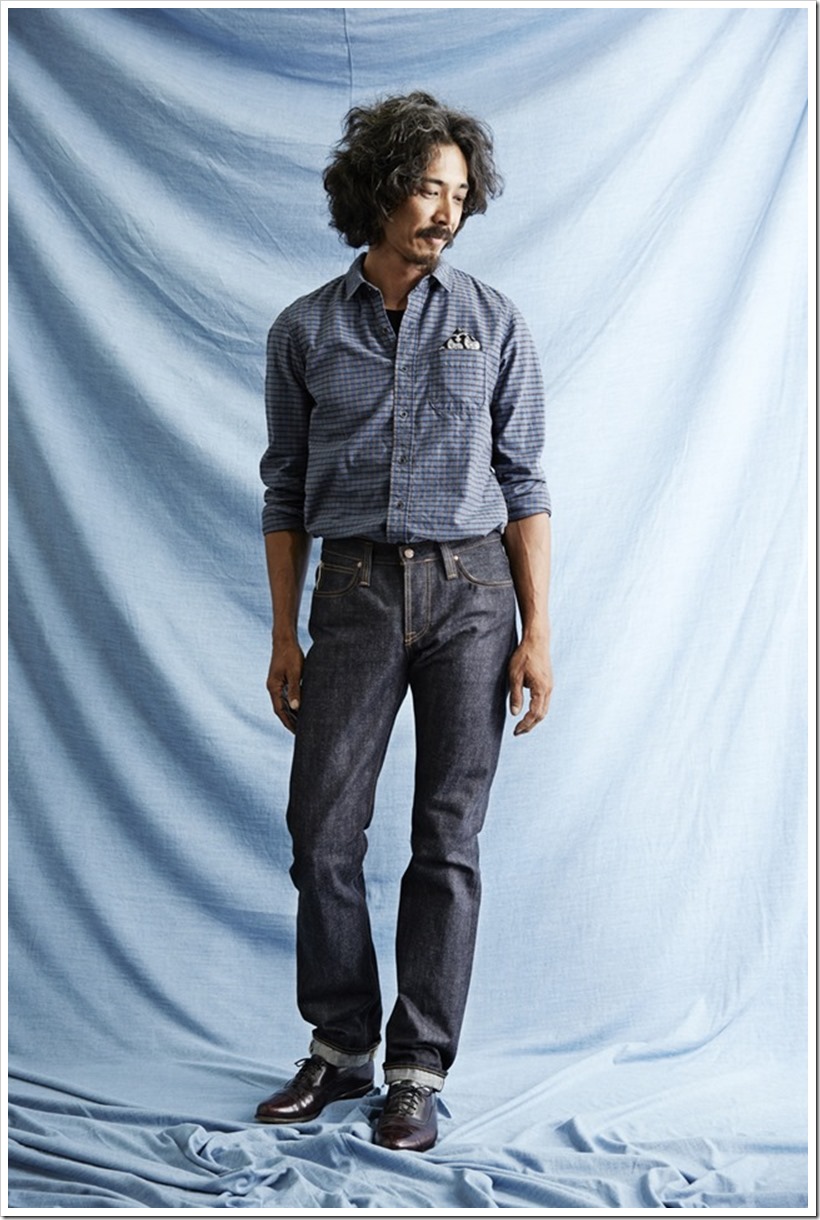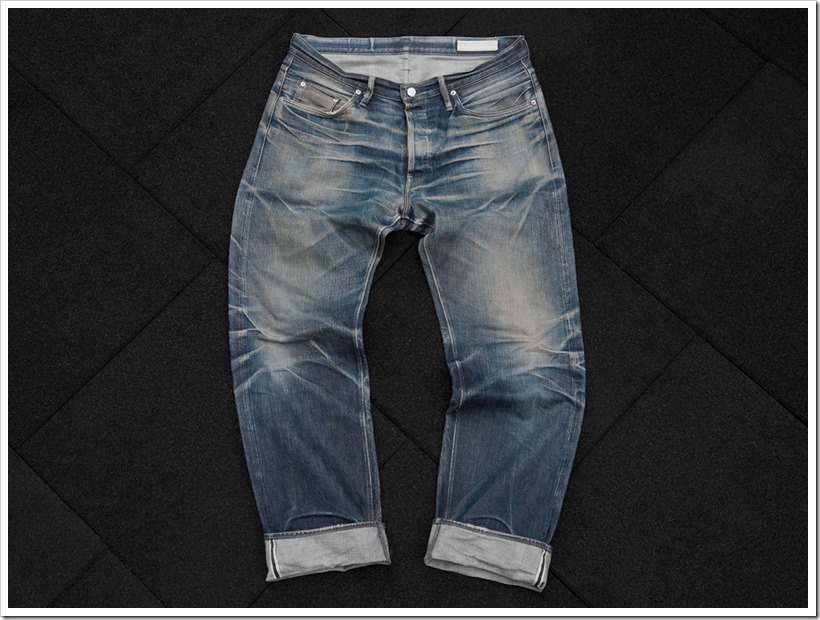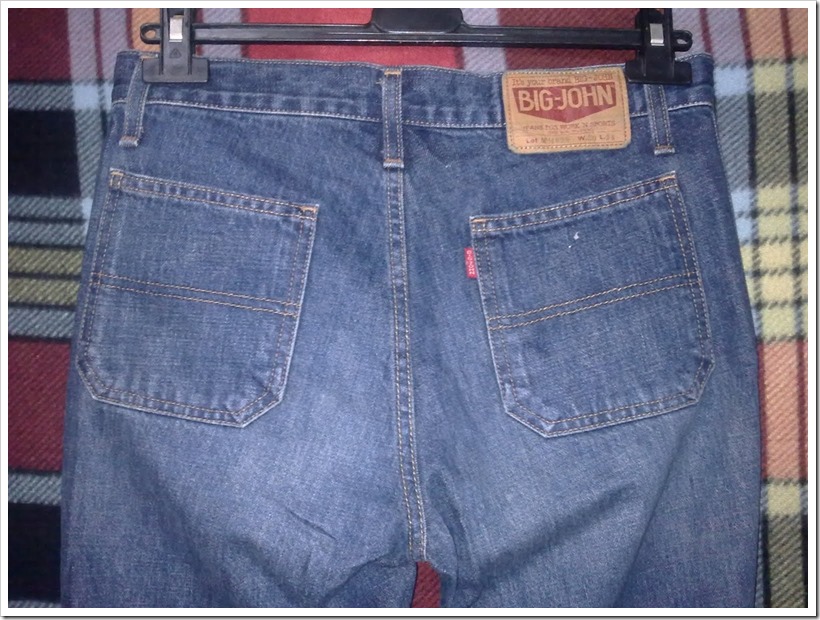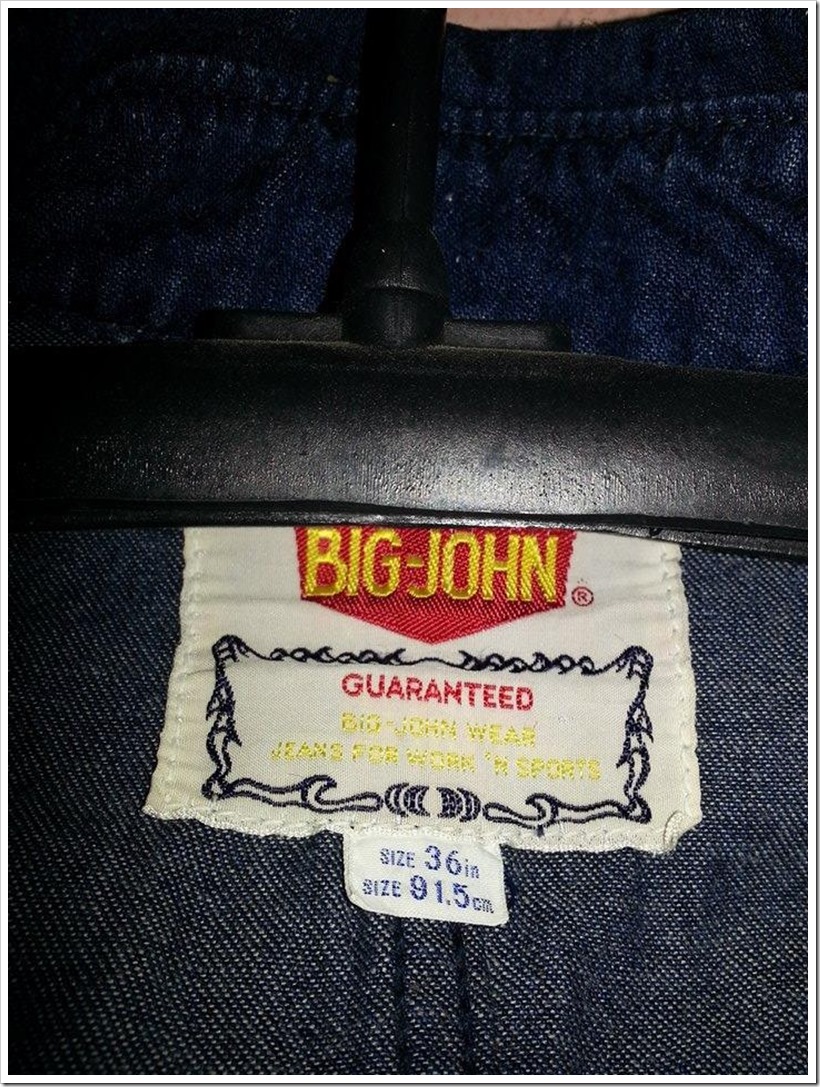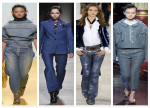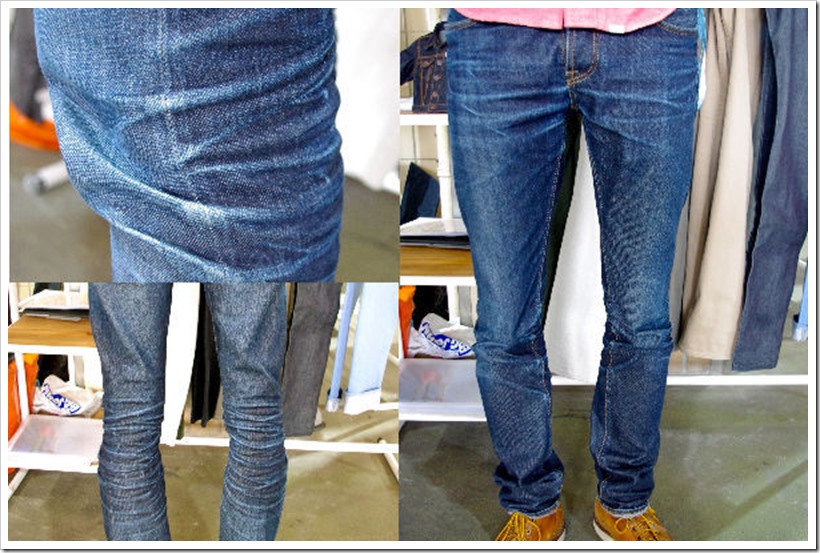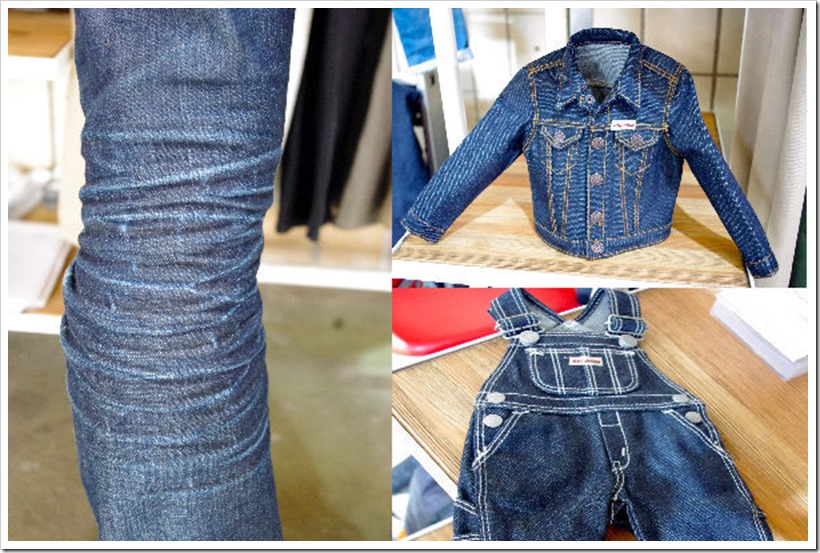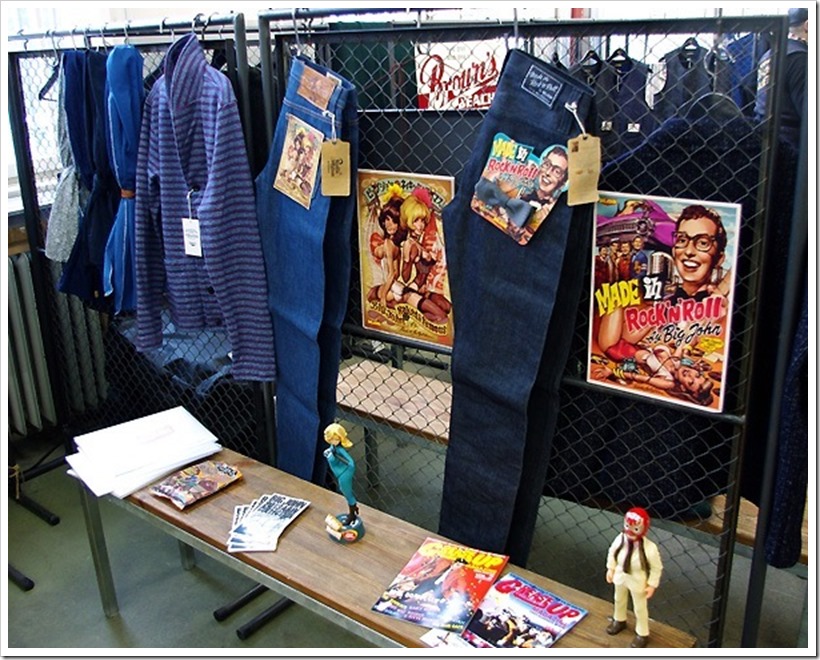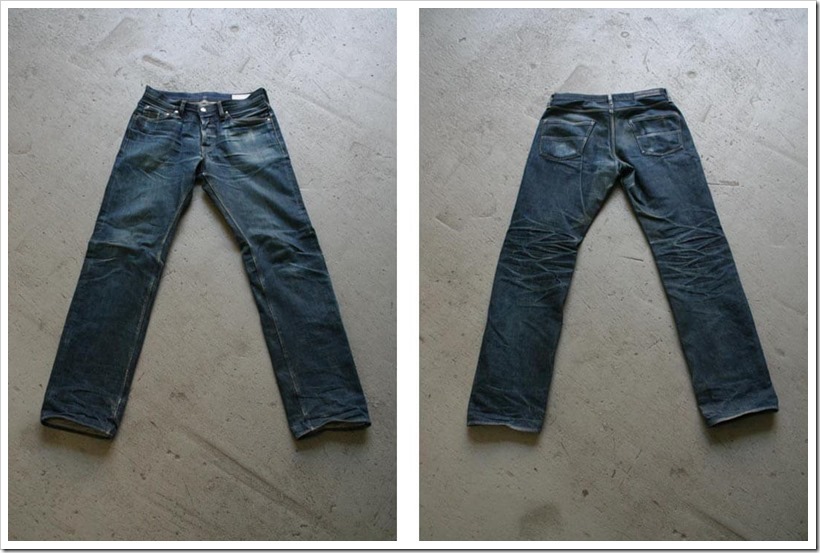Big John is legend for many denim veterans . It was the first Japanese denim brand and had many firsts to its credit including kickstarting the Japanese denim revolution . Though , over the decades, the brand lost out much of its sheen, it still is a very respected label and gets noticed whenever it brings out something new. We take a journey down the memory lane for this well known and legendary brand in this article.
HISTORY
BIG JOHN, the godfather of Japanese denim brands, as the name suggests, this giant denim brand which was in the past had not only substantially contributed to the denim industry of Japan, but also brought paradigm shift in the denim industry through its innovations and high standard of quality.Whenever the history of DENIM Industry would be written, it won’t be completed without mentioning the contributions of BIG JOHN. It was all started over 70 years ago with a small sewing factory in Kojima,Okayama ,which later on reached to that level where it was also known as the denim capital of Japan. The company traces its roots back to 1940 when Kotaro Osaki founded Maruo Clothing, Inc., which produced uniforms and would later become Big John.
Big John manufactured the first made-in-Japan jeans in 1965, and later on developed the first Japanese denim fabric in 1972. Since then, Big John has continued to push boundaries in the world of denim. Their mission as the pioneer of Japanese Denim is to honor the history and simultaneously their prime thrust was to promote the local denim industry on the global platform.
INNOVATIONS
The first collection of the BIG JOHN brand, M1002 PROTO MODEL was produced using imported Cone Mills denim from the US in 1967. The year of 1969 witnessed the revolution in the denims industry of Japan when the BIG JOHN came up with the color jeans which were produced first time in Japan with a series named ROAD RUNNER , featured as M4002 . This was a cutting edge bell-bottom jean which took off and was widely appreciated in Japan. Due to continued efforts in the filed of innovations , the BIG JOHN introduced its much awaited signature collection “M” in 1973 which was manufactured with the Kurabo KD-8 fabric and in 1980 it developed the world’s first uneven yarns ,marking the beginning of the vintage ,repro trend we know and embraced today.
EXPANSIONS
Believing in the philosophy of “Quality Comes First”, the BIG JOHN expanded into the international market in the late 80s through stockists rapidly and widely throughout Europe and the U.S. In the 90s , use of recycled jeans and natural dyes were initiated on a larger scale under the successful campaigns like “Jeans Revolution” . At the change of century, Big John was continuing to push boundaries; publicly calling the 2000’s the “era of proposing new styles and cutting edge.” They made a license contract with Dickies, developing and selling under the Dickies brand in Japan. They later released the “low-rise jeans” to satisfy the street fashion demands and clamoring.
RECENT DEVELOPMENTS
Big John brought most of their export business in the mid-90 to a halt, and it wasn’t until 2009 at a Japan Expo in Paris they officially re-opened the European market.
In the year 2010,on the eve of their 70th anniversary , they released their archive series by reproducing the most classic jeans Big John ever made. At the Bread & Butter show in Berlin in 2013 , they showed their wares for the season and their staple line . A brand which was known for its high standards and high end premium jeans ,however gradually failed to manage the good reputation in the modern denims market and had shown substantial downfall in recent times. Now, the jeans market is saturated with Japanese denim leading to a dizzying amount of “Made in Japan” jeans making it very difficult for Big John to fight out in the market.
The Latest Buzz
Have you ever thought about a jeans which could be able to stand on its own foot ? Perhaps Not , but the brand which has been known for its innovation over that last seven decades, has made it possible. The new addition by Japan’s leading jeans manufacturer is that they came up with a jeans and its so hard and stiff that it “stands on its own feet “. It has given the name “G Han”- Han for a kanji for “sail”. The reason behind its stiffens is that , it’s made of extra-thick sailcloth. However, this product (G Han) is specially for men and they plan to market 50 each of two models.
Today, Big John’s collection offers a full range of wardrobe. With Japanese design, Japanese fabric, and Japanese production as the core elements of this brand, it promises to continue to pursue uncompromised quality and distinguished style in each piece of our clothing.
As a pioneer of Japanese jeans, BIG JOHN keeps challenging itself to be an innovative brand while remaining ‘In Tradition.’



